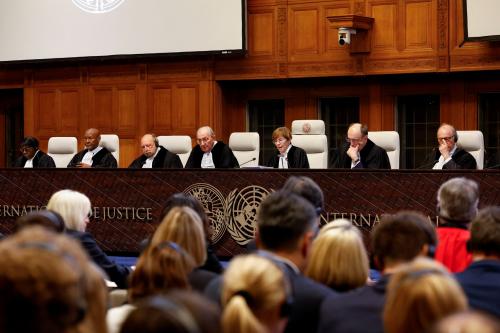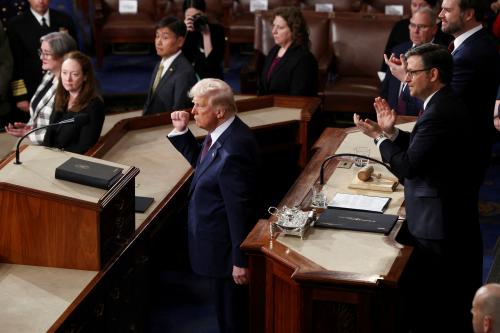

10:00 am EDT - 11:30 am EDT
Past Event
10:00 am - 11:30 am EDT
1775 Massachusetts Ave., NW
Washington, DC
Full video archive of this event is also available via C-SPAN here.
The drawing of legislative district boundaries is arguably among the most self-interested and least transparent systems in American democracy. Every ten years redistricting authorities, usually state legislatures, redraw congressional and legislative lines in accordance with Census reapportionment and population shifts within states. Most state redistricting authorities are in the midst of their redistricting process, while others have already finished redrawing their state and congressional boundaries. A number of initiatives—from public mapping competitions to independent shadow commissions—have been launched to open up the process to the public during this round of redrawing district lines.
On July 18, Brookings hosted a panel of experts to review the results coming in from the states and discuss how the rest of the process is likely to unfold. Panelists focused on evidence of partisan or bipartisan gerrymandering, the outcome of transparency and public mapping initiatives, and minority redistricting.
After the panel discussion, participants took audience questions.
10:00 am - 11:30 am
Drawing legislative district boundaries—following the decennial Census reapportionment—is among the most self-interested and least transparent systems in American democracy. On July 18, Brookings hosted a panel of experts to review the most recent round of redistricting and the new initiatives that have been launched—from public mapping competitions to independent shadow commissions—to open up the process to the public.

Kelebogile Zvobgo
March 13, 2025

Scott R. Anderson, Kathryn Dunn Tenpas
March 13, 2025

Joshua Gotbaum
March 11, 2025